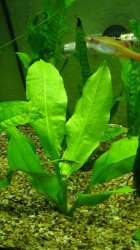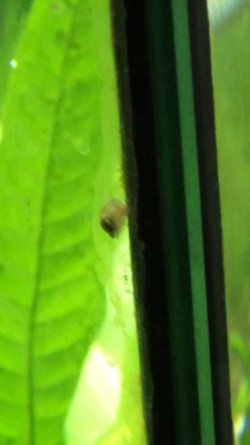The short answer to your first question in post #75 is no, diatoms is not a serious issue. Having said that, any algae that increases beyond a certain point can cause issues, though not always detrimental. It is absolutely impossible tohave an algae-free aquarium, and this is good because such an environment would not be especially healthy. Lack of algae is usually a sign of something wrong, like too much "cleaning." We should not think that a sterile clean environment is good, far from it.
I'm still wondering if this is diatoms or a form of brush algae. But whichever, having it behind filter tubes and heaters is nothing to fuss over. You just don't want it spreading across the glass, plant leaves, etc., as this is a sign of nutrient/light imbalance.
Usually algae increasing is a sign of too much light, which can mean too much intensity or too long duration. I have battled brush algae a few times over the years, and having established a relative balance of light intensity/nutrient availability for the specific plants, it was fairly easy to bring this under control by reducing the light period, or in one or two tanks reducing the plant fertilization. Initial algae issues in a new tank should be expected; many assume the worst and start making major changes to deal with this, which is worse in the long run. The tank's biological system will develop over a few months, and changes should be made carefully, and given time to "work" before jumping to another solution.
I'm not sure what you might mean by "serious algae growth on the glass," perhaps another video to show this?
Byron.
I'm still wondering if this is diatoms or a form of brush algae. But whichever, having it behind filter tubes and heaters is nothing to fuss over. You just don't want it spreading across the glass, plant leaves, etc., as this is a sign of nutrient/light imbalance.
Usually algae increasing is a sign of too much light, which can mean too much intensity or too long duration. I have battled brush algae a few times over the years, and having established a relative balance of light intensity/nutrient availability for the specific plants, it was fairly easy to bring this under control by reducing the light period, or in one or two tanks reducing the plant fertilization. Initial algae issues in a new tank should be expected; many assume the worst and start making major changes to deal with this, which is worse in the long run. The tank's biological system will develop over a few months, and changes should be made carefully, and given time to "work" before jumping to another solution.
I'm not sure what you might mean by "serious algae growth on the glass," perhaps another video to show this?
Byron.








